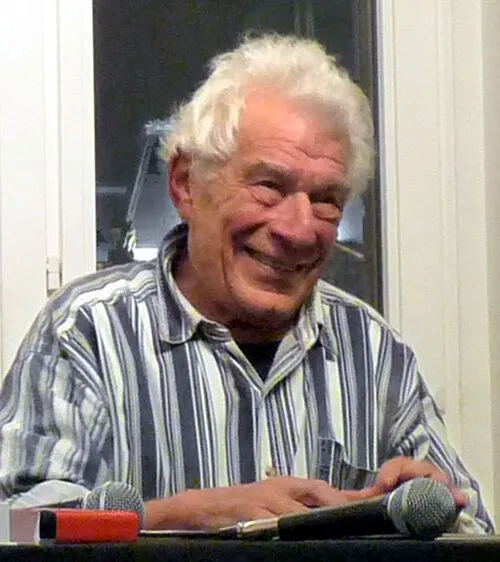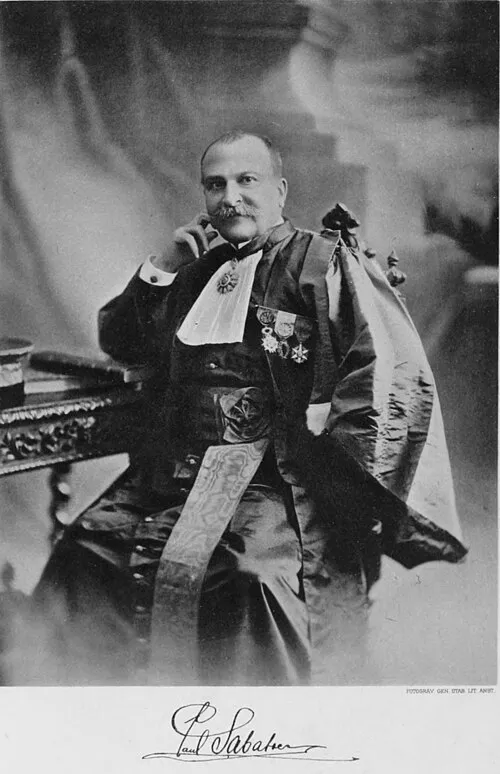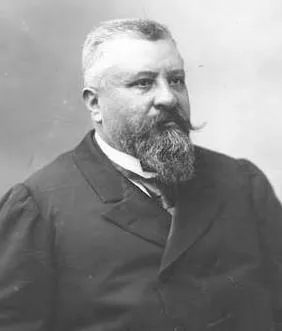
Birth Year: 1927
Full Name: Hirotugu Akaike
Nationality: Japanese
Profession: Statistician
Death Year: 2009
Hirotugu Akaike: The Architect of Statistical Innovation
In the dimly lit confines of a modest study in Tokyo, a child was born in 1927, destined to reshape the landscape of statistics forever. Hirotugu Akaike emerged into a world brimming with uncertainty and chaos, yet his life would be anything but ordinary. As Japan grappled with political upheaval and social change, little did anyone know that this boy would grow up to become one of the most influential statisticians in history.
During his formative years, Akaike's thirst for knowledge became evident. He displayed an insatiable curiosity that drove him to explore not only the natural sciences but also the intricacies of mathematics. However, as World War II loomed large over Japan, his education faced interruptions a pattern that would continue throughout much of his early life. The war altered many young lives; it steered their paths toward futures they never could have imagined.
After the turmoil subsided and peace returned in 1945, Akaike found himself at the University of Tokyo. It was here that he began to truly cultivate his academic prowess. Majoring in engineering and mathematics allowed him to hone skills essential for statistical analysis skills that would later serve as building blocks for groundbreaking theories and methodologies.
Graduating amid economic recovery fueled by industrial growth presented both opportunities and challenges; ironically, Japan’s revival served as fertile ground for Akaike’s intellect to flourish. His initial forays into statistics were met with skepticism; however, he persisted undeterred by naysayers.
The Birth of Information Criteria
In 1974 arguably one of the pivotal moments in statistical theory Akaike introduced what is now known as the Akaike Information Criterion (AIC). This revolutionary method provided a robust framework for model selection within statistical analysis a need that had long been felt but remained inadequately addressed until then. In simple terms, AIC offers a means to determine which among multiple models best explains observed data while penalizing unnecessary complexity.
The implications were monumental! Statisticians suddenly had a tool at their disposal capable of balancing goodness-of-fit against model simplicity. Who knows how many convoluted models could have led researchers astray if not for Akaike’s clarity? Despite being initially met with mixed reactions from some corners after all, change often breeds resistance the significance of AIC grew exponentially over time.
A Legacy Born Out of Collaboration
Akaike didn't work in isolation; collaboration became central to his philosophy. Perhaps this was influenced by Japanese culture's emphasis on community and collective progress rather than individual achievement alone! He partnered with numerous scholars across various disciplines from economics to biology extending beyond traditional boundaries laid down by academia.
This interdisciplinary approach yielded breakthroughs not just within statistics but also contributed meaningfully across scientific domains including environmental science! In fact, even today researchers lean heavily on AIC when developing predictive models aimed at understanding ecological dynamics or assessing climate change impacts!
Pursuing Academic Excellence Across Borders
In pursuing excellence internationally as he did tirelessly throughout his career the globe opened its arms wide open for him post-1970s! Invitations poured forth from prestigious universities around Europe and America alike; these opportunities led him far beyond Japanese shores into uncharted territories filled with new ideas waiting eagerly within eager minds thirsty for enlightenment!
Inevitably drawn back home time after time though meant maintaining connections nurtured over decades invaluable ties cultivated through conferences where passionate discussions flourished between practitioners worldwide fueling an ever-expanding dialogue surrounding evolving statistical practices!
The Recognitions That Followed
As accolades came pouring down like spring rain showers upon blossoming cherry trees year after year they seemed endless indeed for notable contributions made towards advancing knowledge frontiers: awards such as Fellowships awarded by major organizations: American Statistical Association (ASA), Institute Mathematical Statistics (IMS) celebrated leaders worldwide acknowledged brilliance contained inside this humble genius whose legacy permeates current teachings everywhere today!











